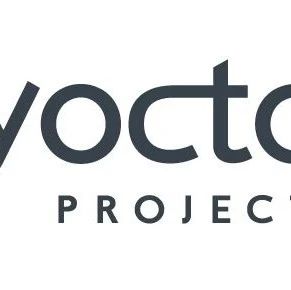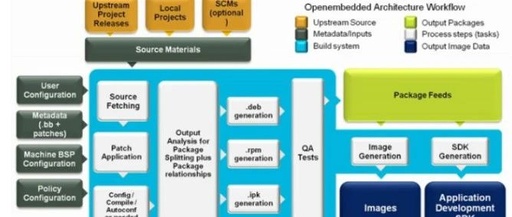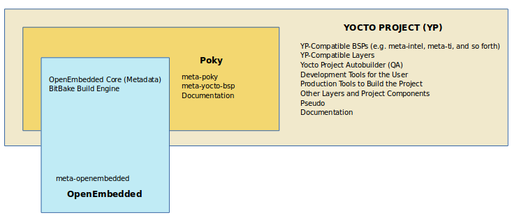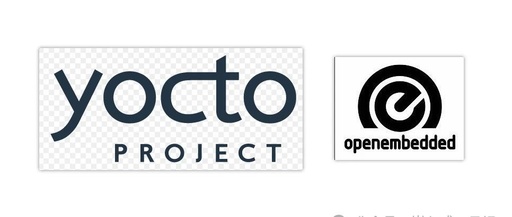Introduction and Rules of Makefile
Click the above “Baijun Technology“, select “Top Public Account” Embedded essentials, delivered promptly ARM bare-metal phase 1 enhanced video course accompanying WiKi lesson 9, section 5: Introduction and Rules of Makefile. Text cannot completely replace video, so if you find these articles hard to understand, it is recommended to purchase the video for further learning. … Read more









